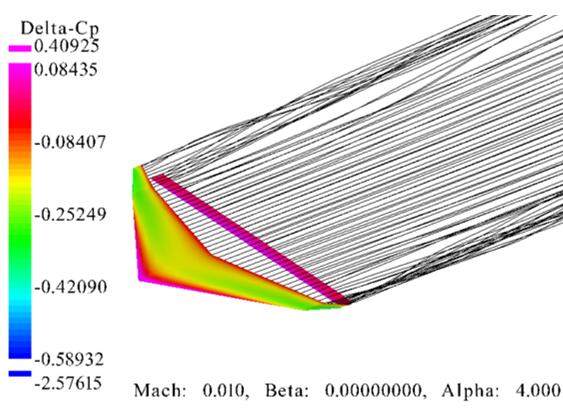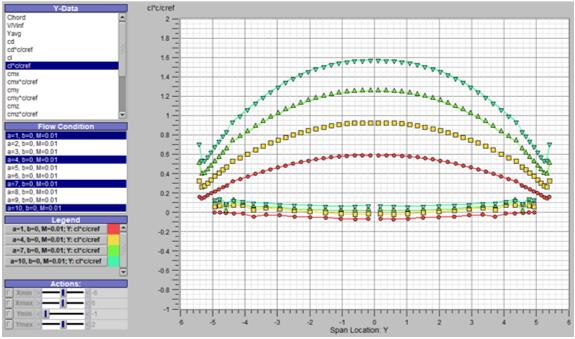Research
As a world-class expert in fluid physics and aerodynamics, Dr. Xiaowen Shan, Professor of the Department of Mechanics and Aerospace Engineering at the Southern University of Science and Technology (SUSTech), returned China and joined COMAC in 2012. As the person in charge of the Pneumatic and Acoustics Department of the Beijing Research Center, he led the preliminary design of the overall aerodynamic configuration of China’s new generation C929 large passenger aircraft and pre-research of future aircraft technology. Since joining SUSTech in 2015, Professor Shan and his team kept challenging the performance optimization of UAV (Load and range, etc.) in terms of advanced design concepts, such as flying wing configuration, tandem wing as well as optimized aerodynamic design and other core technologies in the spirit of completely independent R&D and design.
Small UAVs for Big Application

Technically, UAVs can be divided into two categories as fixed wing and rotating wing UAVs. The biggest advantage of multi-copter wing UAV lies in its ability to take off and land vertically without landing zone and space constraints. Unfortunately, the short endurance (about 30 minutes) and low load capacity of the multi-copter wing UAVs limit their range of applications. Compared to multi-copter wing UAVs, the fixed-wing UAVs are able to achieve longer range and endurance, as well as larger payloads due to their excellent wing aerodynamic efficiency. But most of the fixed-wing UAVs need taking-off and landing runways and space, which, to a certain degree, limits the fixed-wing UAV applications. Therefore, UAVs with heavy loads, long ranges and the ability to take off and land vertically are foreseen to have a broad range of applications.
For example, industrial UAVs with heavy loads, long range and vertical taking-off and landing ability are urgently needed in applications such as power cruise, prospecting and remote mapping, intelligent agricultural detection, forest fire monitoring and prevention, efficient and rapid logistics and transport, border patrol and other fields. The multi-copter wing UAVs are not going to meet these industrial applications due to the short span inherent to their flight system. Meanwhile, small UAV companies lack independent R&D capabilities. In conclusion, it is very urgent and necessary to carry out independent R&D and design of vertical take-off and landing UAVs. The development of this project will break through the technical bottlenecks of the multi-copter wing and fixed-wing UAVs, and develop vertical taking-off and landing industrial-grade UAVs with qualified overall design, aerodynamics and structural optimization design while at the same time able to achieve large payloads and long range.
Independent R&D to Achieve Unity of Production, Science and Research

Professor Shan and his team are committed to the independent R&D of UAVs with vertical taking-off and landing ability, employing flying wing configuration and tandem wing as well as other advanced design concepts. Long range performance is achieved in a way that the overall design and aerodynamic optimization are utilized. At the same time, reduced bare weight and increased effective load of UAVs are achieved through integrated configuration design of the fuselage and built-in framework as well as the optimized design of topology. Professor Shan and his team completed the stability design of the vertical taking-off and landing mode of the aircraft with 100% independence in the hope of mastering the comprehensive core design capability for VTOLs.
We foresee a very optimistic outlook for the commercialization of this project in view of the fact that there are not very mature industrial level UAVs of this kind in both domestic and foreign markets at present, while there is a huge demand of for them in the market. Professor Xiaowen Shan and his team will push forward the commercialization of the project with the backing of SUSTech and cooperate with third parties for commercialization.
At present, Professor Shan and his team are pushing forward the scientific research on the design of VTOLs in an orderly manner. The VTOL needs to be calculated and designed via aerodynamic analysis. The aerodynamic analysis is divided into two stages. In the preliminary design stage, the existing computational fluid dynamics (CFD) tool is utilized to carry out iterative analysis quickly against the conceptual design of a VTOL with fixed wings. The aerodynamic performance of the aircraft should be primarily understood and the aerodynamic configuration should be primarily optimized through the analysis of the aerodynamic pressure, the wingtip vortex structure and the aerodynamic lift distribution (as shown in Fig. 1 and Fig. 2). During the second stage, further analysis and optimization on aerodynamic performance of the aircraft are carried out with CFL3D, which is a computational fluid program developed by NASA and widely used in the aviation industries. Professor Shan and his team have succeeded initially to achieve the stable vertical taking-off and landing, flight stability and stable flight mode at large attack angle of the model demonstrator (as shown in Video 1). At present, the VTOL design project is progressing smoothly and being pushed forward gradually as planned.
The outcome of research on vertical taking-off and landing fixed wing aircraft focuses on the market demand and shows very broad market application potential. We believe that its superior performance in terms of load, range, reliability, anti-wind capability as well as vertical taking-off and landing and other aspects will attract more attention and, it is worth looking forward to its breakthrough.
Video 1 Stable Vertical Taking-off and Landing as well as Flight at Large Attack Angle of the Model Aircraft
Proofread By
Photo By